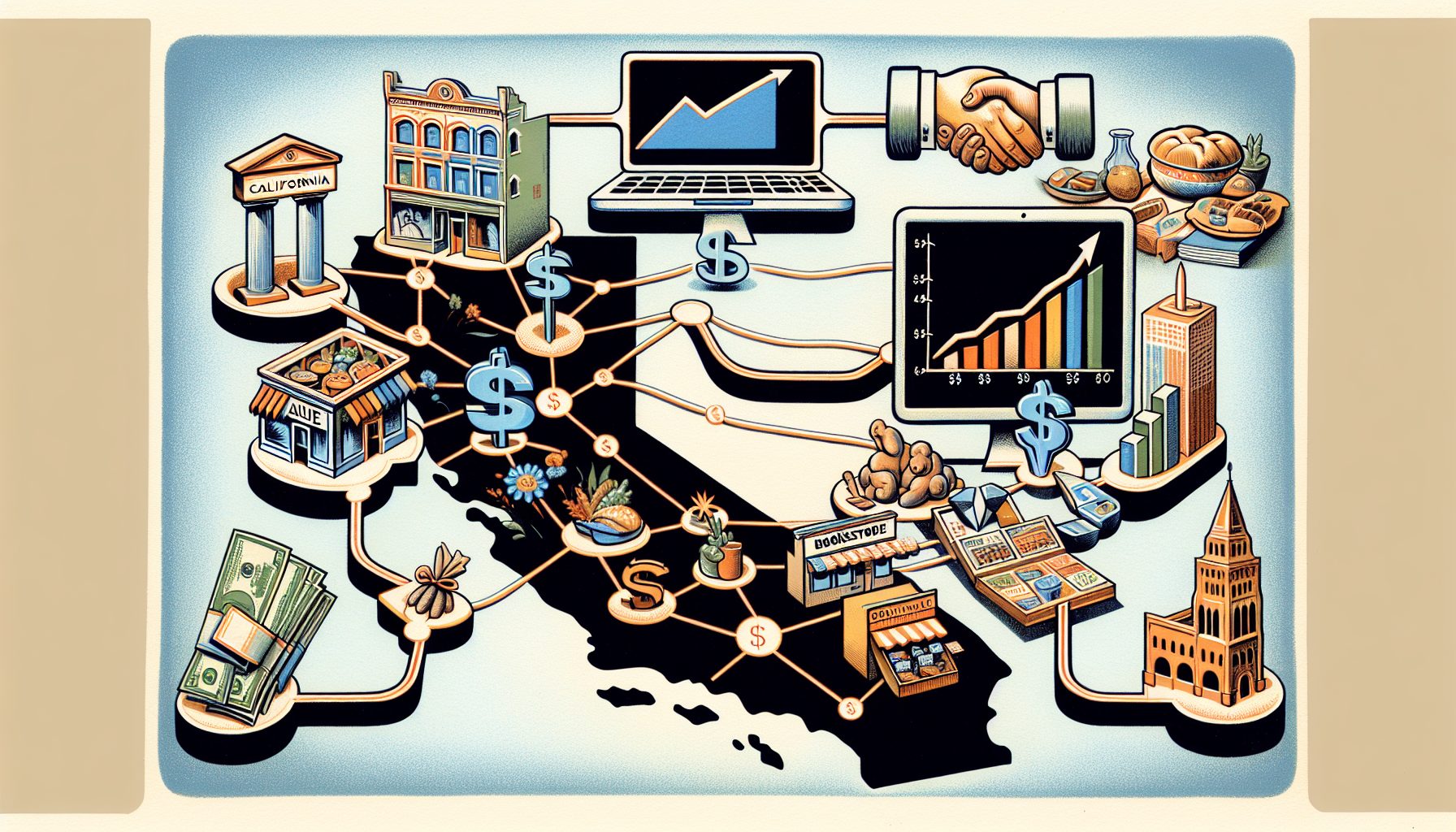Innovations in global commerce have lowered the costs and expanded the reach of purchasing transactions. This has made it possible to search for the lowest costs of materials, components and assemblies anywhere.
Companies find profit in divesting work whenever pay and overhead can be replaced by more efficient sources of supply.
But what is the right ratio of outsourcing for a company?
A company’s “outsourcing ratio,” defined as purchases divided by sales, has become an indicator of the extent to which a firm has shrunk the scope of its internally managed activities.
Unfortunately, none of the generally accepted accounting or financial reports reveals how much a company has placed its business functions in the hands of suppliers (see “Does Outsourcing Deliver the Goods?” p. 24).
The worksheet below computes only indirectly the amounts a company purchases.
First, you must start by calculating the value-added of an enterprise. That is defined by economists as well as by some governments for establishing the basis for taxation. In this context, value-added is the sum of all direct costs incurred in the support of a company’s internal operations such as payrolls, depreciation, cost of interest and taxes, plus all profits earned.
Is there really a right ratio? Probably not. But what the outsourcing ratio does tell a CIO is what portion of a firm’s assets and production capacity can be controlled internally.
Conversely, the ratio also tells the CIO how much of a company’s information-technology resources must be devoted to dealing with suppliers, instead of the more traditional task of focusing on internal operations.
A high outsourcing ratio—for example, anything greater than 50%—would highlight the importance of extending information systems for closer collaboration with suppliers.
An outsourcing ratio greater than 50% also makes the widely used information-technology-over-revenue benchmarks irrelevant because the costs of I.T. would be now included in the prices a firm pays to suppliers.
Most importantly, a chief information officer must be able to separate the portion of technology costs devoted to intra-organizational matters from those that deal with suppliers and, ultimately, customers. Such a separation would assist a CIO in budgeting internal I.T. cost-reduction investments apart from external investments with strategic benefits.
Analyzing a firm’s cost structure from this point of view gives the CIO a powerful insight on how to manage the deployment of information technology where it will have the greatest impact on corporate profitability.








